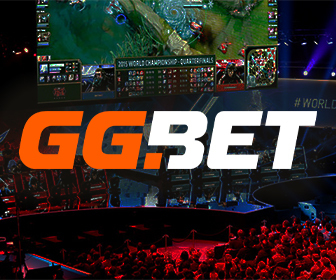Cloud gaming where games are streamed from powerful remote servers to everyday devices, is gaining serious traction. With faster internet, better data centers, and more streamlined platforms, cloud gaming is reshaping how people access and pay for games. Major players like Xbox Cloud Gaming, NVIDIA GeForce Now, and Amazon Luna are leading the charge, and the impact is being felt across the industry.
This shift is having a major influence on two fronts: accessibility and monetization.
Accessibility: Breaking Down Barriers
No High-End Hardware Needed
One of the biggest draws of cloud gaming is that it removes the need for expensive gaming equipment. Players no longer need the latest console or a gaming PC to enjoy top-tier titles. Instead, a decent internet connection and a smartphone, laptop, or smart TV are often enough to get started. This opens the door for players in regions where high-end hardware has traditionally been out of reach.
A similar shift is happening in the online casino space, where many platforms are now fully mobile- and cloud-optimized, meeting users wherever they are, with no downloads or special devices required. This accessibility is one reason players are turning to some of the best slot sites, which not only offer smooth gameplay on any device but also feature benefits like thousands of high RTP slots, generous welcome offers, and fast withdrawals.
As cloud-based access becomes the norm across both gaming and online casinos, users are no longer limited by location or hardware, they’re free to dive into top-tier entertainment anytime, anywhere.
Reaching New Devices and Audiences
Cloud gaming isn’t just confined to phones and laptops. It’s now available on smart TVs, tablets, and even in-car entertainment systems. With the rise of 5G and improved broadband infrastructure, even people in rural or underserved areas can access high-quality games without waiting for massive downloads or dealing with limited storage.
More Inclusive Gaming Communities
By lowering the entry cost, cloud gaming makes it easier for a wider range of people to participate in gaming. That means more diverse voices, more players from different parts of the world, and stronger communities. It’s a step toward a more inclusive gaming culture, one that’s not defined by what you own, but by what you love to play.
Monetization: A New Era of Flexibility
Subscription Models Take Center Stage
Most cloud gaming platforms run on subscription-based models, offering access to a large game library for a monthly fee. This creates predictable income for companies and gives players the freedom to try a variety of games without committing to buying each one individually.
Pay-As-You-Go and Engagement-Based Options
In addition to subscriptions, some services are rolling out options like pay-per-play or access-based on engagement. This lets users rent a game for a limited time or earn perks by spending more time on the platform. These flexible systems help cater to different types of players, from casual gamers to dedicated fans.
Microtransactions and In-Game Spending
Cloud gaming platforms also support common monetization methods like microtransactions, downloadable content, and battle passes. Because the games are hosted in the cloud, developers can push updates instantly and personalize offers based on user behavior, boosting both engagement and revenue.
Lower Costs and Less Piracy
Since games are streamed, there’s less need for physical production and fewer opportunities for piracy. That cuts costs and helps developers protect their work while still offering easy access to players.
Challenges on the Horizon
Cloud gaming still has its growing pains. Latency issues can affect competitive titles, and not every region has the reliable connectivity needed to support smooth gameplay. Some players also feel hesitant about giving up game ownership in favor of subscriptions, especially as the number of services continues to grow. Overcoming these challenges will be key to long-term success.
Conclusion
Cloud gaming is changing the way games are played and paid for. It offers easier access, more flexible payment options, and a more inclusive player base. While there are still technical and cultural hurdles to clear, the shift is well underway, and it’s reshaping the future of gaming for everyone.

